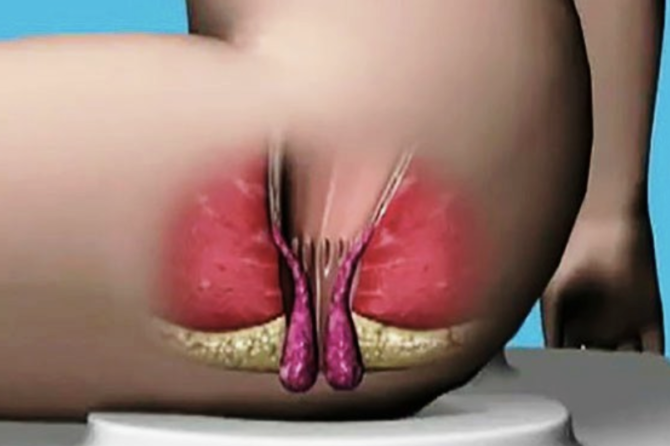
How is Non-Surgical Anal Fissure Treatment Done?
An anal fissure is a small tear that occurs in the inner part of the anus, often causing intense pain, bleeding, and itching. This condition, which is usually caused by hard bowel movements or constipation, can be very uncomfortable for individuals.
How is Non-Surgical Anal Fissure Treatment Done?
In non-surgical anal fissure treatment, the main goal is to achieve healing without the need for surgical intervention. These treatment methods are generally less invasive and have less impact on the patient’s daily life. The first step is to adjust the patient’s lifestyle and dietary habits. Consuming high-fiber foods, drinking enough water, and regularizing toilet habits can contribute to the healing process. Additionally, warm sitz baths help increase blood flow to the anal area, promoting healing. Specialist doctors provide relief to the patient by reducing pain and inflammation with topical creams and ointments.
Laser Treatment for Anal Fissure
Laser treatment for anal fissures is a minimally invasive method that offers patients a quick recovery process. In this method, laser energy is used to stimulate tissue regeneration in the fissure area. Laser treatment can be completed in a short period under anesthesia, without requiring surgical intervention. One of the most important advantages of this method is that it does not damage the surrounding tissues during treatment. The laser beam focuses only on the targeted area, speeding up the healing of the tear. Additionally, patients can usually return home the same day and resume normal activities shortly after.
Botox Treatment for Anal Fissure
Botox treatment for anal fissures is a popular option, especially for patients who want to avoid surgery. Botox temporarily paralyzes the muscles in the anal area, reducing muscle spasms and allowing the tear to heal. This method can be applied under local anesthesia, ensuring that the patient does not feel pain. Botox injections have a therapeutic effect that lasts for several months, during which the fissure is expected to heal completely. Specialist doctors prefer Botox treatment primarily to reduce surgical risks and accelerate the recovery process. This method has a lower risk of complications compared to surgery and has less impact on the patient’s daily life.
Advantages of Non-Surgical Anal Fissure Treatment
Non-surgical anal fissure treatment offers many advantages and provides patients with a less invasive option. Firstly, since no surgery is required, the recovery process is faster, and the patient can return to daily life more quickly. Additionally, non-surgical methods are generally less painful, and the risk of complications is lower. Methods like laser and Botox treatments reduce the risk of infection due to their minimally invasive nature and do not harm surrounding tissues. These treatments offer patients a comfortable healing process and help them avoid the prolonged recovery period that may follow surgery.
Specialist doctors consider the patient’s overall health condition, the severity of the fissure, and the response to treatment when evaluating non-surgical treatment options. Non-surgical treatment provides successful results in terms of both patient satisfaction and treatment effectiveness.
Leave a reply

Leave a reply